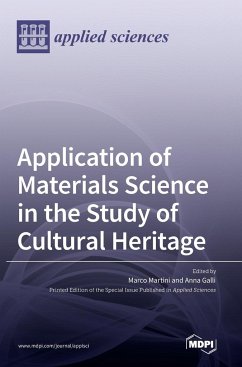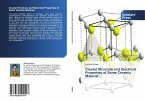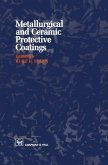The application of advanced techniques to the study of ancient materials has increasingly led to a range of fundamental to deeper knowledge on artistic and historic artefacts, contributing to their conservation and restoration. An important role is played by materials science: scientific techniques developed in this field allow a multidisciplinary approach in archaeology, history of art, and conservation. By studying the materials that constitute an artefact, a great amount of information relevant to a work of art can be accessed, such as the elements and compounds with which it was made and their level of degradation by the time of the examination. The final goal is the possibility of determining the chronology of the making of the various parts of a work of art, its provenance, the techniques of realization, the attribution to an author, and the method of intervention for restoration. This Special Issue collects papers dealing with the application of materials science to different types of human artefacts, such as ceramics, glass, paintings, and metal objects. The considered topics range from instrumentation and technical developments to case studies and methodological innovations, from theoretical simulations to new data handling.
Hinweis: Dieser Artikel kann nur an eine deutsche Lieferadresse ausgeliefert werden.
Hinweis: Dieser Artikel kann nur an eine deutsche Lieferadresse ausgeliefert werden.








